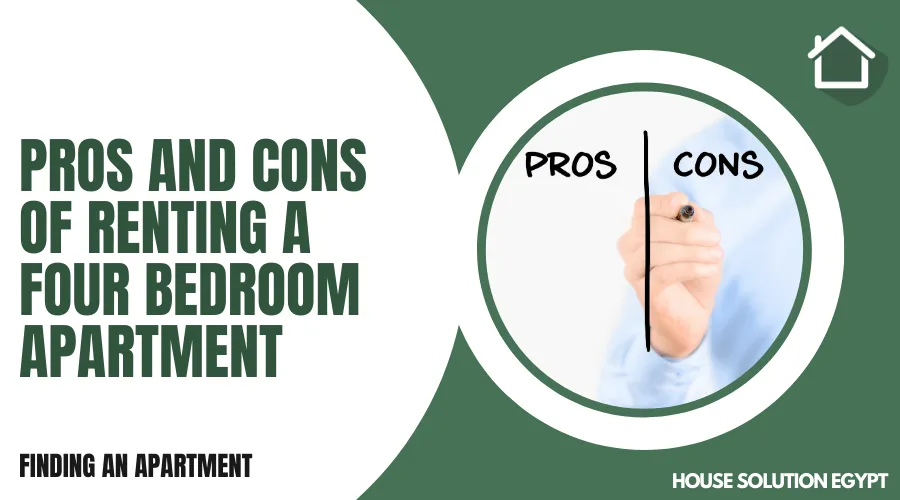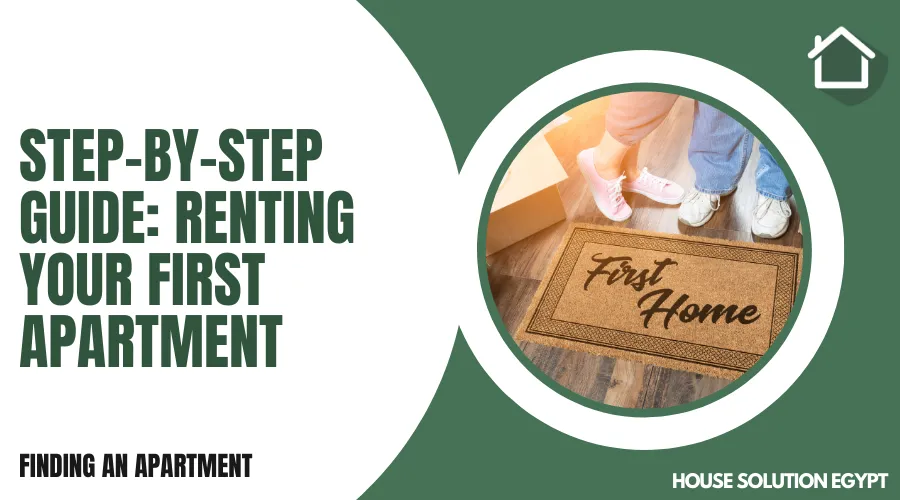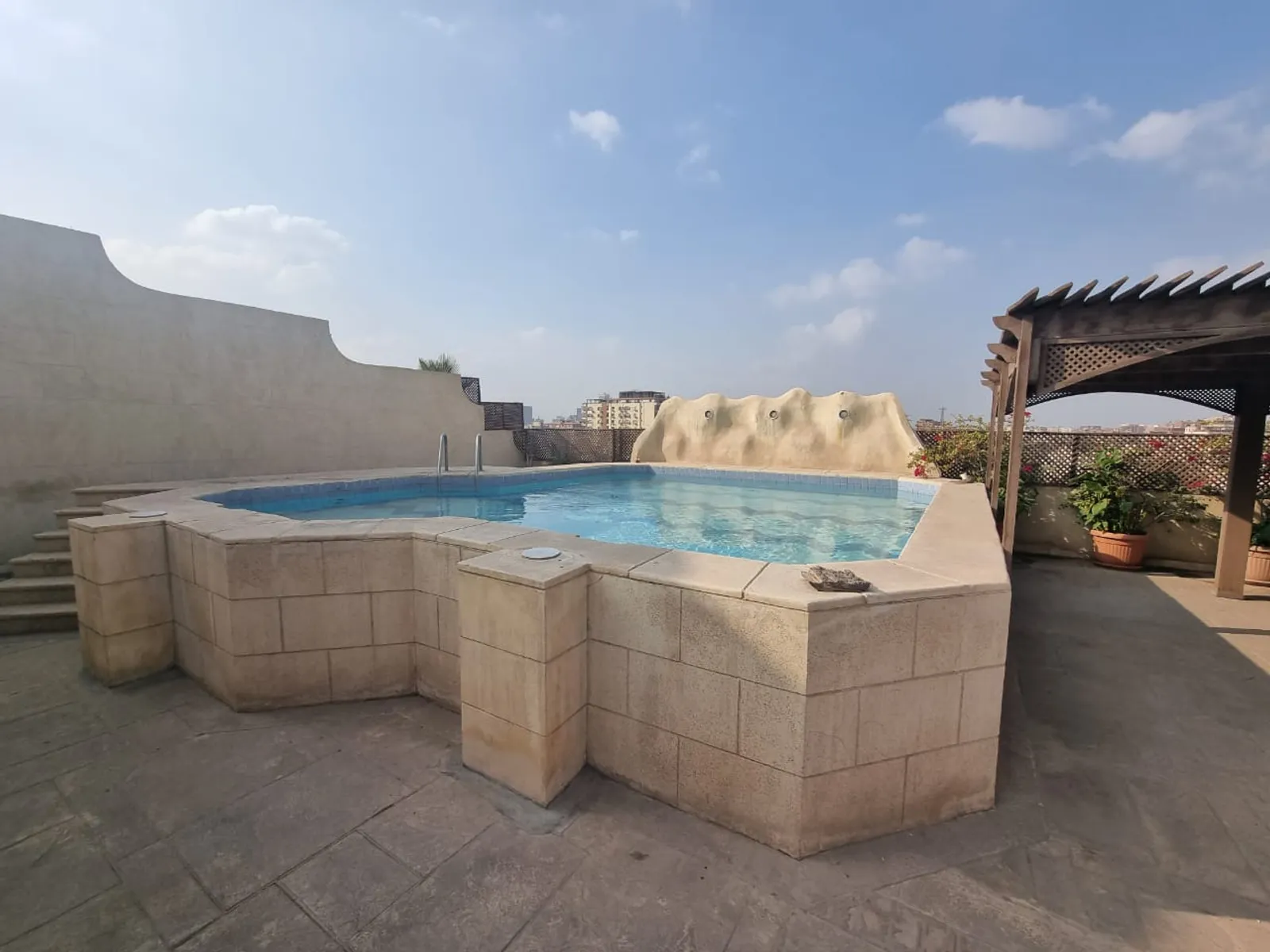TEN SMART WAYS TO RENT WITHOUT VIEWING IN PERSON
Finding an Apartment|7.5 MIN READ|Updated on: 07 October 2023|Written by: Marwa Samir
When it comes to renting an apartment, the traditional process involves physically visiting the property, meeting with landlords, and signing a lease agreement. However, in today's digital age, technology has made it possible for prospective renters to rent an apartment without having to visit in person. This can be particularly useful for those who are relocating from another city or state and cannot easily travel to view potential rental properties.
To rent an apartment without visiting in person, there are ten important steps that you should follow. These steps include researching your desired location and rental rates online, utilizing virtual tours and video calls for property viewings, reading reviews of the apartments or property management companies online, reviewing lease agreements carefully before signing them electronically, and considering hiring a real estate agent or relocation service to assist with the process.
By following these ten steps, you can successfully rent an apartment without physically visiting the property. This approach saves time and money while allowing you to secure a rental unit that fits your needs perfectly.
Step 1: Research Online
Step 1 in renting an apartment without visiting in person is to research online. The internet is a great tool to help you find the perfect apartment. Start by browsing websites that specialize in rentals, such as Zillow or Apartments.com. These sites allow you to filter your search based on location, price range, and amenities.
Once you've found a few apartments that meet your criteria, take some time to research the neighborhoods they are located in. Look up crime rates, nearby restaurants and shops, and public transportation options. This will help you get a better sense of what it would be like to live in that area.
It's also important to read reviews from previous renters. These can give you insight into issues with the property management or the unit itself that might not be obvious from the listing information. By doing thorough research online before making any commitments, you can ensure that you make an informed decision when renting an apartment without visiting it first-hand.
Step 2: Find a Real Estate Agent
Once you have your list of potential apartments, the next step is to find a real estate agent who can help you with the rest of the process. A good real estate agent will be able to provide you with a thorough understanding of the local rental market and will work tirelessly to find you an apartment that meets your needs.
When searching for a real estate agent, make sure to read reviews from their past clients and ask for referrals from friends or family members. It's important to choose someone who is knowledgeable about the area in which you are looking to rent and has experience working with renters.
Once you've found an agent that you feel comfortable working with, make sure to communicate your specific needs and budget clearly. The more information your agent has about your preferences, the easier it will be for them to find options that meet your criteria. Remember, finding an apartment remotely can be challenging, but having a reliable real estate agent by your side can make all the difference.
Step 3: Request Photos and Video Tours
In today's world, every property owner has an online presence with pictures and videos of the property. Requesting a photo or video tour will give you a better idea of what the apartment looks like from the inside without actually having to be there in person. It's also an opportunity for the landlord to showcase their property to potential renters.
When requesting photos or video tours, it is important to ask for specific areas such as the kitchen, bathroom, bedroom, living room, and any additional amenities such as a gym or pool area. This will help you get a better understanding of what features are included in the apartment.
It's important to keep in mind that photos can sometimes be misleading or edited to make the space appear larger than it actually is. So if possible, request videos or virtual tours that give you a more realistic view of what it would be like to live in that space. Doing your due diligence on this step before making any commitments can save you time and money down later down the road.
Step 4: Ask Questions via Email/Phone
Once you have shortlisted a few apartments that meet your criteria, it's important to get in touch with the landlord or property manager to ask any questions you may have. This can be done via email or phone. Typically, landlords and property managers will provide an email address or phone number on their listing.
When reaching out, make sure to introduce yourself and state your interest in the apartment. Some questions to ask include rent amount and payment schedule, lease terms, utilities included (if any), parking availability, pet policy (if applicable), maintenance procedures/processes, and move-in requirements/schedule. Be sure to write down the answers for future reference.
Asking these questions will not only help you gather more information about the apartment but also show the landlord that you are a serious potential tenant who is considering renting their space.
Step 5: Check the Listings Carefully
When it comes to renting an apartment without visiting in person, checking the listings carefully is a crucial step. Take the time to read through the entire listing and make note of any red flags or concerns. Look for details such as the size of the apartment, number of bedrooms and bathrooms, location, amenities, and rental price.
It's important to verify that the information provided in the listing is accurate. Ask questions if something seems unclear or if there are discrepancies in what you were told previously. Check for any additional fees or charges that may not be mentioned upfront.
Take a close look at any photos included in the listing. Are they recent and accurate representations of what you can expect? If possible, try to find virtual tours or videos that will give you a better idea of what the apartment looks like before making a final decision. Taking these steps will help ensure that you find an apartment that meets your needs and expectations even without visiting it in person.
Step 6: Read the Lease Agreement
The lease agreement is a legal document that outlines the terms and conditions of your rental agreement. It's important to read through it carefully before signing. Make sure you understand all the clauses in the lease, including those pertaining to rent amount, security deposit, utilities, pet policy, and any other restrictions or rules that apply.
If there is anything in the lease agreement that you do not understand or agree with, it's important to bring it up with your landlord or property manager. You can ask for clarification on certain points or even negotiate some of the terms if necessary.
Make sure you keep a copy of your signed lease agreement in a safe place for future reference. This way, you'll have easy access to important information such as move-in dates and policies regarding renewals or terminations at the end of your lease term.
Step 7: Make Payments Securely Online
After you have found the perfect apartment, it's time to make payments. One of the most convenient ways is through online payment systems. Most landlords accept online payments these days, and it's a secure way to send money. You don't have to worry about carrying cash or checks with you.
Make sure that you use a reputable payment system that has secure encryption for your personal and financial information. This will protect you from potential fraud or identity theft.
When making an online payment, double-check the amount before submitting it. Once the transaction is complete, keep a record of it as proof of payment for future reference. With online payments becoming more common in today's society, it's important to take necessary precautions to ensure safe transactions for both parties involved in renting an apartment remotely without visiting in person.
Step 8: Get the Necessary Documents Signed Digitally
Once you have found the apartment of your choice, the next step is to get all necessary documents signed digitally. The landlord or property management company will likely provide you with a lease agreement and other relevant documents that need to be filled out and signed.
Fortunately, there are many online platforms available that make digital signing easy and efficient. DocuSign, HelloSign, and Adobe Sign are some examples of popular digital signature platforms. By using these services, both parties can sign the document electronically from their own devices without needing to meet in person.
It's important to thoroughly read through all documents before signing them digitally. Make sure you understand all terms and conditions outlined in the lease agreement. If anything is unclear or if you have any questions, don't hesitate to reach out to your landlord or property manager for clarification.
Step 9: Follow Up With Landlord Regularly
Once you've signed the lease agreement and paid the deposit, it's important to stay in touch with your landlord regularly. This ensures that any issues or concerns can be addressed promptly, avoiding potential complications down the line. It's also a good idea to establish a positive relationship with your landlord from the start, as this can make it easier to address any future problems.
One way to follow up with your landlord is by scheduling regular check-ins. This could be as simple as sending an email or making a quick phone call once a month to see if there are any maintenance issues or concerns that need addressing. It's also important to keep your landlord informed if you plan on having guests stay over or if you're going to be out of town for an extended period of time.
Another key aspect of following up with your landlord is being responsive when they reach out to you. If they send an email or leave a voicemail about a maintenance issue, try to respond as quickly as possible and schedule any necessary repairs promptly. By staying in touch and being responsive, you can ensure that your rental experience is as smooth and stress-free as possible.
Step 10: Arrange for Move-In Date
Once you've completed all the necessary steps to rent an apartment without visiting in person, it's time to arrange for your move-in date. This is the day when you'll officially take possession of your new home and start making it yours. Depending on the rental agreement, you may be able to move in immediately or have to wait a few days or weeks.
Make sure that you confirm the move-in date with your landlord or property manager as soon as possible. This will give you plenty of time to plan your move and make any necessary arrangements, such as hiring movers, getting packing supplies, and arranging transportation. If there are any delays or issues with the move-in process, be sure to communicate with your landlord so that they can help resolve them.
On the day of your move-in, make sure that everything is ready for you before arriving at the property. This includes ensuring that all utilities are turned on and functioning correctly, reviewing any security protocols and access codes needed for entry into the building or unit (if applicable), and checking if there are any damages already present in your new apartment before moving in all of your belongings. Once everything is settled and checked out okay then it's time for congratulations! Finally moving into a new apartment can be an exciting experience - enjoy it!
Conclusion
In conclusion, renting an apartment without visiting in person is possible, but it requires time, research, and careful consideration. Following the ten steps outlined in this guide can help streamline the process and ensure that you find a suitable living space that meets your needs.
While remote apartment hunting may seem intimidating at first, with the right tools and resources at your disposal, it can be a stress-free experience. From virtual tours to online reviews, there are plenty of ways to get a sense of what an apartment complex is like from afar.
Ultimately, whether you choose to rent sight unseen or not is up to personal preference. However, by taking advantage of technology and staying vigilant throughout the process, you can minimize the risks associated with remote apartment hunting and make informed decisions about where to live.






